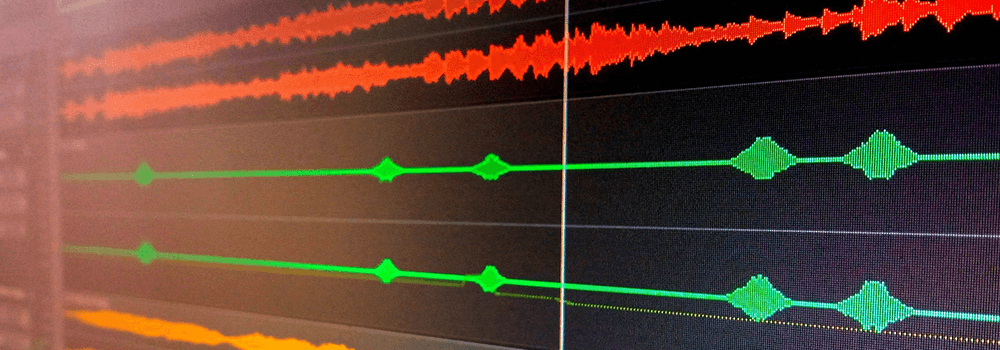The MP3 audio format is now widely available and has many advantages. Widely used in the music industry, this format can also be found on all types of audio messages, such as pre-recorded threat-intrusion alert messages, weather event alerts, chemical alerts. But why has the MP3 format become essential? We will tell you why.
1. Where does MP3 come from?
MP3 is the name usually given to audio files encoded in MPEG Audio Layer III compression format. The MPEG-1/2 Audio Layer III (better known as MP3) is now a massive consumption product which has become the preferred audio format on smartphones, computers and other technological devices such as audio systems. The audio compression format has been developed in a small city in Bavaria, Germany.
The MP3 owes its existence to the EUREKA project, a programme backed by the two heads of state of the time: François Mitterrand and Helmut Kohl. The team of scientists made up of people such as Hans-Georg Mussman, Karlheinz Brandenburg, and Pr Dieter Seitzer wondered how to improve the quality of the voice transmitted digitally over telephone lines. Then, they developed the first audio compression standards: MPEG 1 and 2. After starting in 1987 and more than 6 years of research later, the MP3 audio format appeared thanks to the previous works: it refers to the layer III audio compression of MPEG 1 and MPEG 2 files. The 14th of July 1995 becomes the date indicated on the “MPEG Audio Layer III” patents.
The reduced size of the MP3 file and compatibility with many devices and players made it the format preferred by the public since it was released in the 90’s and its popularity has never stopped growing since then. Even today, the MP3 is one of the most widely used audio formats. This is why we chose it for our Melodys and Harmonys audio systems.
2. How does the compression technique work?
The technique consists in compressing the audio data until reaching an acceptable point, almost undetectable to the human ear, by employing a set of techniques used to achieve the final audio result. Among these techniques, some are said to be destructive and others no, since they delete some sounds. The MP3 compression consists in deleting sounds or more precisely frequencies, masked by another nearby and intense sound. In psychoacoustics, this phenomenon is called “the masking effect”.
Other compression algorithms that can be found in image processing are lossless such as the Huffman coding, which encodes data according to their recurrence. This is why the size of the MP3 files is so small as compared to other audio formats.
The human ear is sensitive to a wide spectrum of frequencies and is capable to discern sounds between 0.02 kHz and 20 kHz on average (the human voice ranges between 0.5 and 2 kHz) These observations on the human ear are used to reduce the size of files.
To create an MP3 audio file, an MP3 compressor or encoder must be used in order to transform the original audio files (WAV, AIFF) into MP3 files.
3. What are the advantages of the MP3 audio format?
Although the compression technology of the MP3 format is partially destructive, the small size of files features many advantages: it allows to save storage space on computers or on a SD card. The MP3 format can reduce up to 11 times the size of a standard audio file. And there are more advantages:
- From 320 Kbit/s, the quality of the MP3 is close to that of a CD, which allows high-fidelity quality listening.
- With the use of digital music compression, MP3-compatible audio systems are able to play a great number of melodies
- Easy broadcasting and fast downloading
- The MP3 is a universal standard audio format which is compatible with almost all devices and audio systems
4. What are the Bodet products compatible with the MP3 format?
Not every audio system supports MP3 format playback. Bodet Time audio solutions can read and broadcast MP3 audio files within each facility (school, healthcare, industry, and so on). We offer two ranges of audio systems suitable for your needs: Harmonys or Melodys.
Harmonys is a comprehensive IP audio solution for broadcasting messages, playing bells and triggering alerts. It includes essential functionalities in order to punctuate the daily life of each facility and alert in the event of danger.
Melodys is a wireless audio solution which operates from the Bodet DHF radio network. It is possible to broadcast MP3 audio files on the Melodys speakers using an SD card.
By installing an Harmonys or a Melodys speaker in a room or a hallway, it is possible to play any bell or melody in MP3 format.

